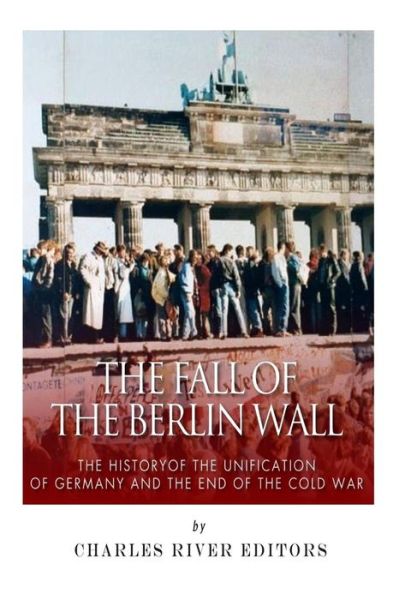
Powiedz znajomym o tym przedmiocie:
The Fall of the Berlin Wall: the History of the Unification of Germany and the End of the Cold War
Charles River Editors
The Fall of the Berlin Wall: the History of the Unification of Germany and the End of the Cold War
Charles River Editors
Publisher Marketing: *Includes pictures *Includes accounts of the night the wall fell and celebrations afterward *Includes footnotes and a bibliography for further reading *Includes a table of contents "This is a historic day. East Germany has announced that, starting immediately, its borders are open to everyone. The GDR is opening its borders ... the gates in the Berlin Wall stand open." - German anchorman Hans Joachim Friedrichs The Berlin Wall, constructed in October of 1961, stood for 28 years as an ugly divider of a once united Germany. The wall was successful at keeping many East Germans inside a country that fell further and further behind in living standards, democratic privileges, and individual freedoms. Despite its success, many found a way to cross the barrier to obtain a better life in the West. In addition, the Soviet Union was going through a period of political instability as several aging leaders had taken the top position in the Soviet Union only to die a short period of time later. In 1985, Mikhail Gorbachev became the leader of the Soviet Union. Gorbachev came to power seeking to repair the Soviets' economy, and he took a softer stance toward the United States. The two leaders signed agreements to reduce the number of nuclear weapons and eliminate certain types of ballistic missiles. Gorbachev also reformed the Soviet Union internally, lifting restrictions on individual freedoms. Limited political reforms, such as broadcasting uncensored debates in which politicians openly questioned government policy, backfired when they energized eastern European opposition movements which began to overthrow their communist governments in 1989. Gorbachev was unwilling to reoccupy these eastern European nations and use the Soviet army to put down these revolts. Things came to a head in Berlin that November. With rapid change throughout Europe, the wall faced a challenge it could not contain, the challenge of the spread of democracy. On the night of November 9, 1989, the Berlin Wall was effectively removed from the midst of the city it so long divided. It was removed with pick axes and sledgehammers, but also removed from the hearts and minds of the people on both sides who only hours before had thought the wall's existence insurmountable. The fall of the Berlin Wall is often considered the end of the Cold War, and the following month both President Bush and Gorbachev declared the Cold War over, but the Cold War had been thawing for most of the 1980s. President Reagan is remembered for calling the Soviet Union an "evil empire" and demanding that Gorbachev tear down the wall, but he spent the last several years of his presidency working with the Soviet leader to improve relations. The end of the Soviet Union came when Gorbachev resigned on December 25, 1991. The Soviet Union formally dissolved the next day, and the Cold War was over, with the United States outlasting its long-time adversary. The Fall of the Berlin Wall: The History of the Unification of Germany and the End of the Cold War looks at the history that led to the fall of the Berlin Wall. Along with pictures of important people, places, and events, you will learn about the construction of the Berlin Wall like never before, in no time at all.
| Media | Książki Paperback Book (Książka z miękką okładką i klejonym grzbietem) |
| Wydane | 4 marca 2015 |
| ISBN13 | 9781508721321 |
| Wydawcy | Createspace |
| Genre | Chronological Period > 20th Century |
| Strony | 58 |
| Wymiary | 152 × 229 × 3 mm · 90 g |
Więcej od Charles River Editors
Inni również kupili
Zobacz wszystko od Charles River Editors ( np. Paperback Book i Book )

 Świąteczne prezenty można zwracać do 31 stycznia
Świąteczne prezenty można zwracać do 31 stycznia


















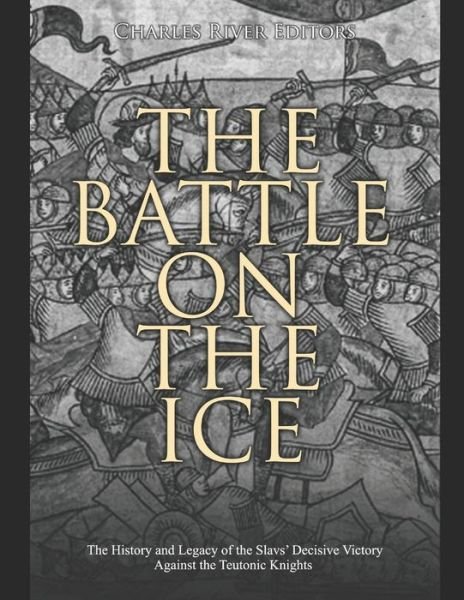
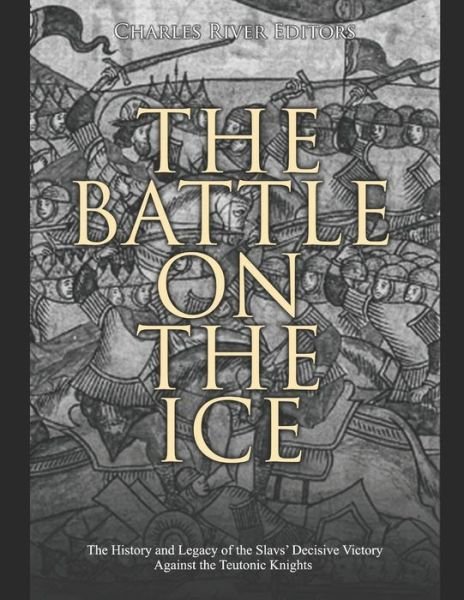


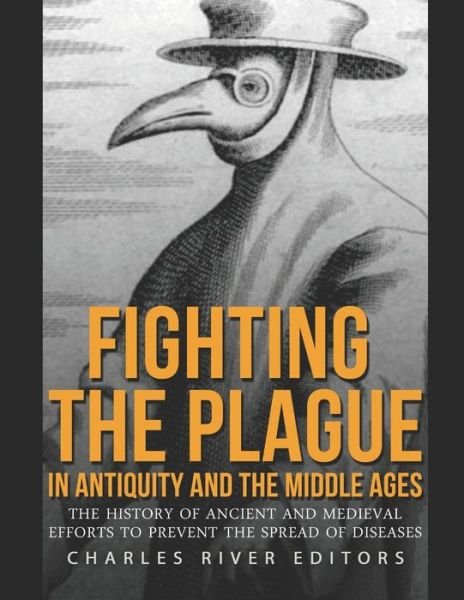







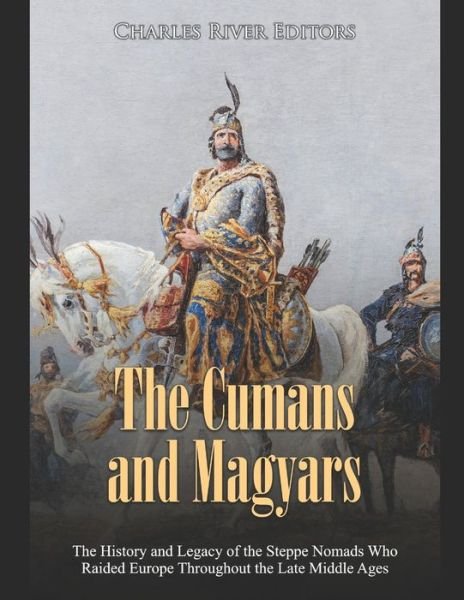
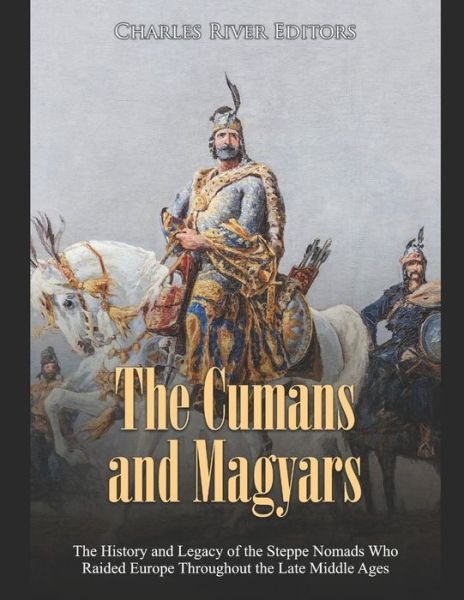
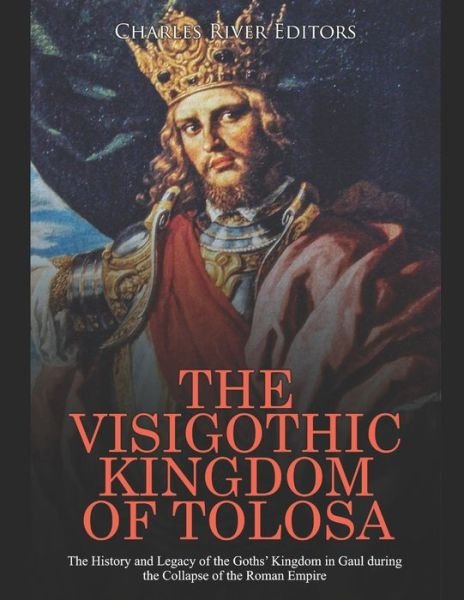
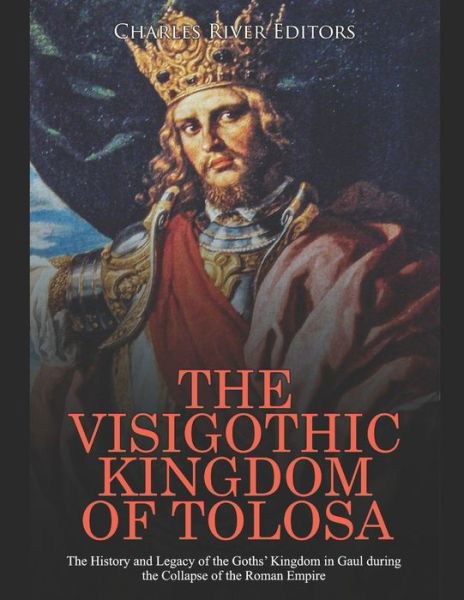

![Cover for Charles Dickens · Den hjemsøgte mand og åndens tilbud (Nyillustreret) (Bound Book) [1. wydanie] (2022)](https://imusic.b-cdn.net/images/item/original/123/9788772048123.jpg?charles-dickens-2022-den-hjemsoegte-mand-og-aandens-tilbud-nyillustreret-bound-book&class=scaled&v=1654049104)
![Cover for Linda Lehun · Musikbogen (Paperback Book) [1. wydanie] (2016)](https://imusic.b-cdn.net/images/item/original/063/9788759891063.jpg?linda-lehun-2016-musikbogen-paperback-book&class=scaled&v=1486719785)
![Cover for Dian Hanson · The New Erotic Photography - Bibliotheca Universalis (Hardcover Book) [Multilingual edition] (2017)](https://imusic.b-cdn.net/images/item/original/715/9783836526715.jpg?dian-hanson-2017-the-new-erotic-photography-bibliotheca-universalis-hardcover-book&class=scaled&v=1490369714)





![Cover for Jesper Wung-Sung · To ryk og en aflevering (Sewn Spine Book) [3. wydanie] (2009)](https://imusic.b-cdn.net/images/item/original/996/9788763811996.jpg?jesper-wung-sung-2009-to-ryk-og-en-aflevering-sewn-spine-book&class=scaled&v=1341784896)

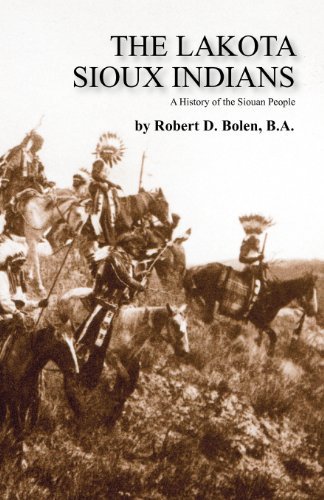

![Cover for Claus Drengsted-Nielsen · Lille dansk grammatik (Sewn Spine Book) [1. wydanie] (2016)](https://imusic.b-cdn.net/images/item/original/692/9788702194692.jpg?claus-drengsted-nielsen-2016-lille-dansk-grammatik-sewn-spine-book&class=scaled&v=1499896829)
![Cover for Jon Speelman · Modern Defence (Paperback Book) [1st edition] (2000)](https://imusic.b-cdn.net/images/item/original/816/9781857442816.jpg?jon-speelman-2000-modern-defence-paperback-book&class=scaled&v=1409611116)
